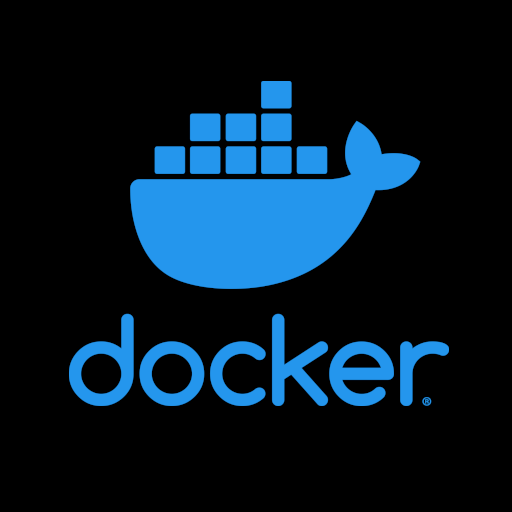

HDD, SSD and NVMe all have different versions. Later generations are normally 2x faster than previous version. Comparable generations are normally an 8x speedup. (Later generations are in parentheses).
HDD to SSD is like 80(160)->300(600).
SSD to NVMe is 300(600)->2400(4800, 14000).
So, it’s likely a similar upgrade, unless you did HDD-g1 to SSD-g2 to NVMe-g1 (using G1/G2 to simplify).
It’s also likely possible that your computer is running so fast that a doubling or quadrupling in speed is a diminishing return as you don’t notice the difference.



“Lemmy Plays Doom”.
Doom runs for 0.5 seconds and the video is uploaded to the LPD community.
Most upvoted action in the comments after a day gets applied to the game and the next 0.5s of gameplay video is uploaded to a new post.
Repeat until WR is achieved.
Might need some moderator discretion to normalise comments to in-game actions (or fuck it, send it to an LLM)